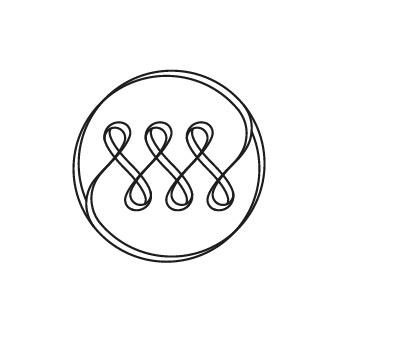The ubiquity of design is making an impact at higher levels, influencing other disciplines to integrate this buzzword into their lexicon (Cormier, Cheng, & Wei, 2017). Design has been constructing and evolving through more than 100 years. Since the beginning of the Bauhaus (1918), the combination of arts and architecture formulated design as a discipline that could be taught in an educational environment. Its origin was based on the creation of value and solutions to practical problems, later evolving to be a promoter and developer of consumerism. Through practice and time, designers championed the idea of design as a fundamental element for improvement. The permeability of design as a meta solution developer has even placed it as a driver to solve complex problems of the modern world. Still, it's pointless to design 'optimal solutions' to wicked problems, when answers are determined as definitive and objective.
Drawing on the dilemmas in a general theory of planning (Rittel & Webber, 1973), there's still a weak strut in how society determines goals, the definition of problems, and social equity. Social issues will probably remain unchangeable due to continually shifting factors in the realms of technology, economy, ecology, and politics (STEEP factors). Creating different levels of complexity. The idea of design as a weaver of overarching solutions seems untenable. Yet designers are motivated by engaging problems, they are the pioneers of various fields of uncertainty.
To tackle challenging projects, designers should reconsider various processes for the redefinition of an 'end product.' Design affords holistic plasticity, making its implementation variable for different scenarios and stakeholders. Contemporary requirements to design as a discipline, need a reformulation from its establishment. Thus, design education covets for state-of-the-art skills and new tool kits. It impulses towards cognitive and behavioral change for the forthcoming 'crisis traffic,' threatening future generations. The present research explores the possibilities of this end and the implementation of Autonomous Design.
Many design practitioners are still enrolled in the industry's defuturing processes. Unfortunately, their practice broadens the problem of finite natural resources, the continuous increase in consumption, and, consequently, climate change. However, due to the extrapolation of information and multiple means of communication, many educational programs are distributing open knowledge for other entities to incorporate. Large network initiatives like FabLabs, Creative Commons, and numerous e-learning platforms are examples of the increasing need for collaboration and reformulation of design disciplines.
In the following decades, the world's crises and challenges will increase exponentially. Is it naive to overstep design's claims as a transition enabler? Unmodified, design will remain a part of the problem. Without substantial change, there won’t be any validation of its significance.
Finally, I would like to suggest a curated number of resources, including academic works, online toolkits, and design curriculums (Table 3). These indicate a brighter Design’s Futures Philosophy. "Design has to be understood not just as an object of historical study and contemporary cultural and economic practice, but also an object of current cultural politics inside and outside education" (Fry, 2009, p.viii).
Table 3. List of Resources for Design’s Future Philosophy.
References:
· Cormier, B., Cheng, M., & Wei, Y. (2017). Values of design. Shanghai, China: Shanghai Fine Arts Publisher.
· Fry, T. (2009). Design futuring : sustainability, ethics and new practice. Oxford: Berg.
· Rittel, H., & Webber, M. (1973). Dilemmas in a general theory of planning. Policy Sci, 4(2), 155-169. doi:10.1007/BF01405730
· Cormier, B., Cheng, M., & Wei, Y. (2017). Values of design. Shanghai, China: Shanghai Fine Arts Publisher.
· Fry, T. (2009). Design futuring : sustainability, ethics and new practice. Oxford: Berg.
· Rittel, H., & Webber, M. (1973). Dilemmas in a general theory of planning. Policy Sci, 4(2), 155-169. doi:10.1007/BF01405730
